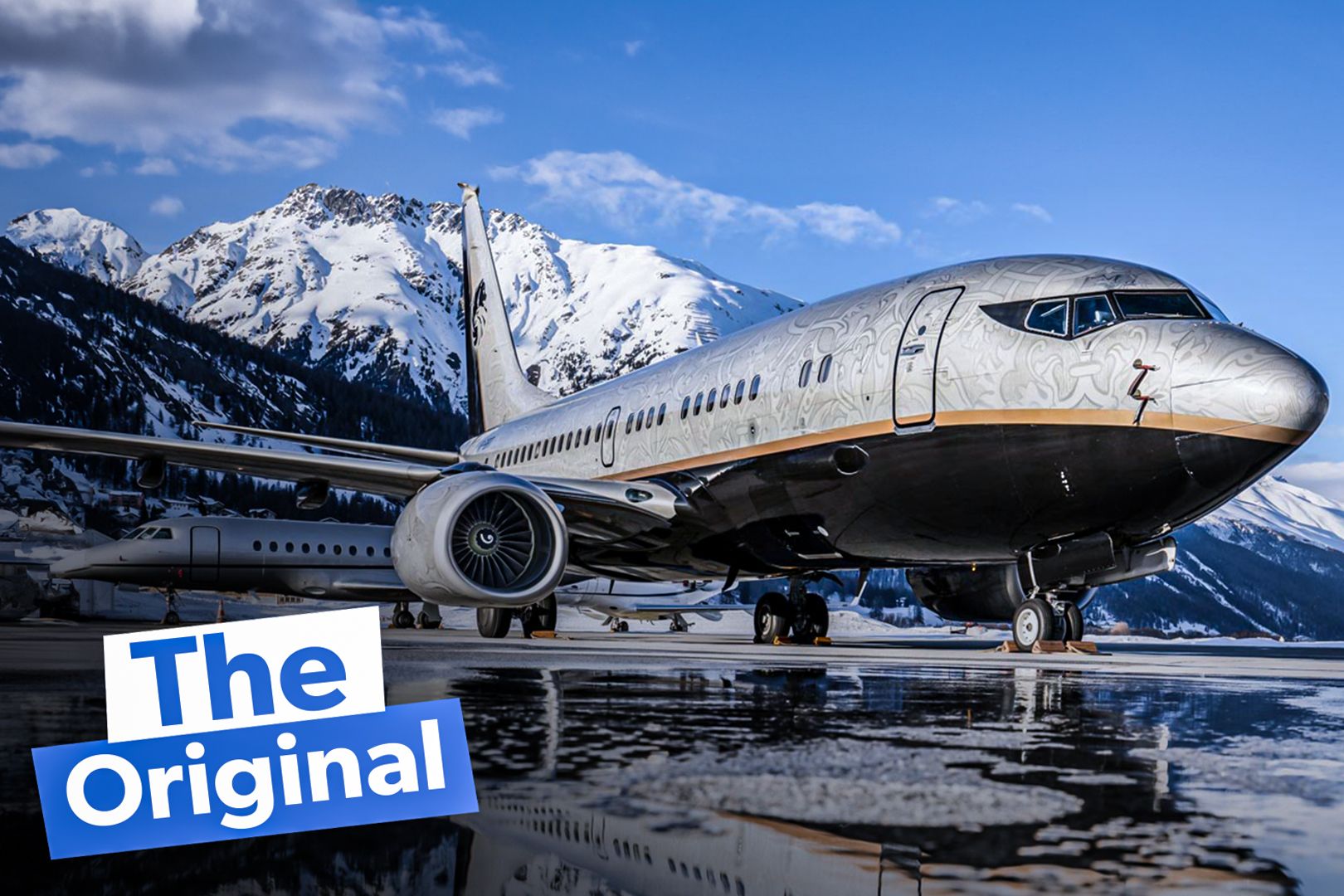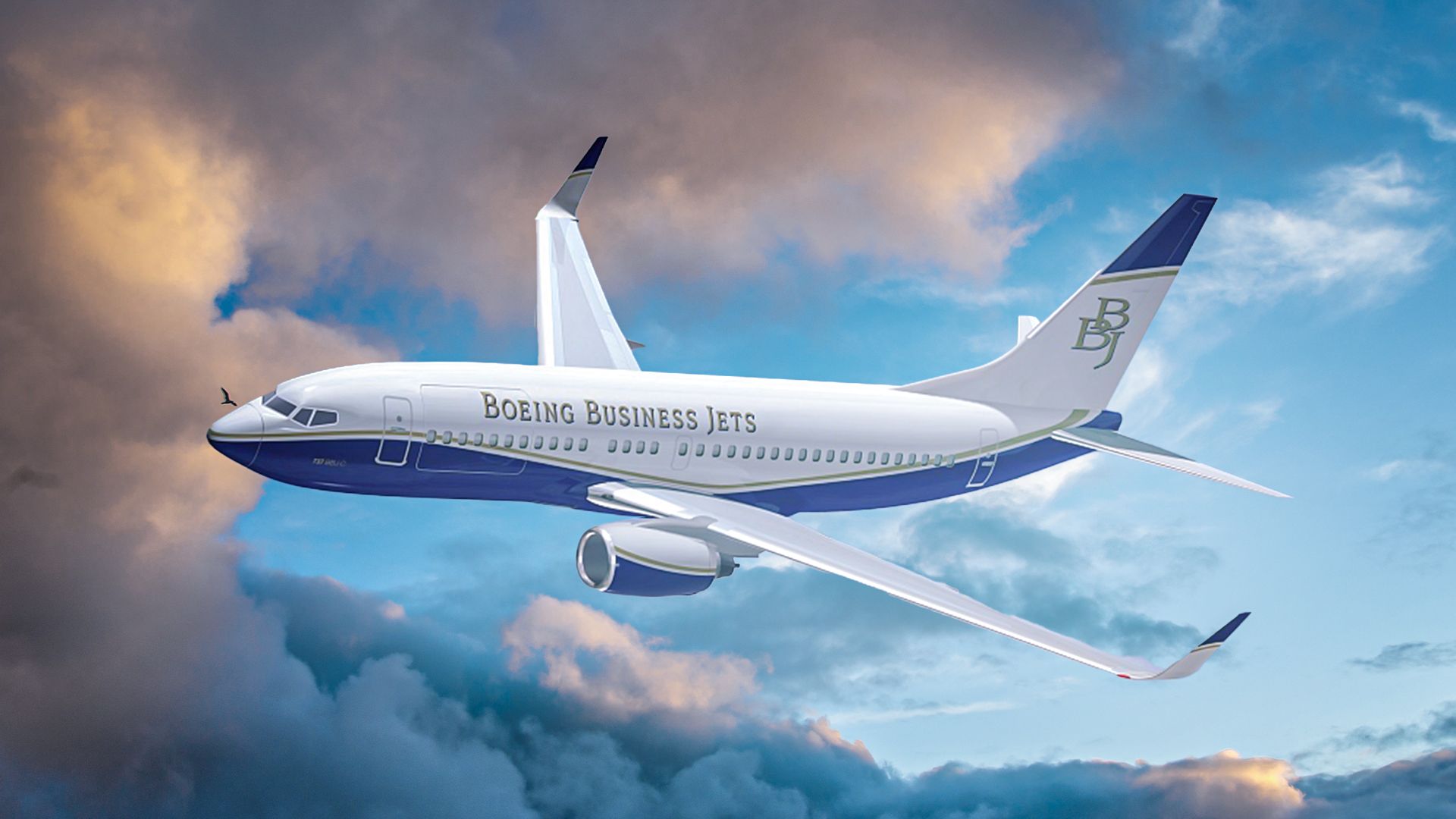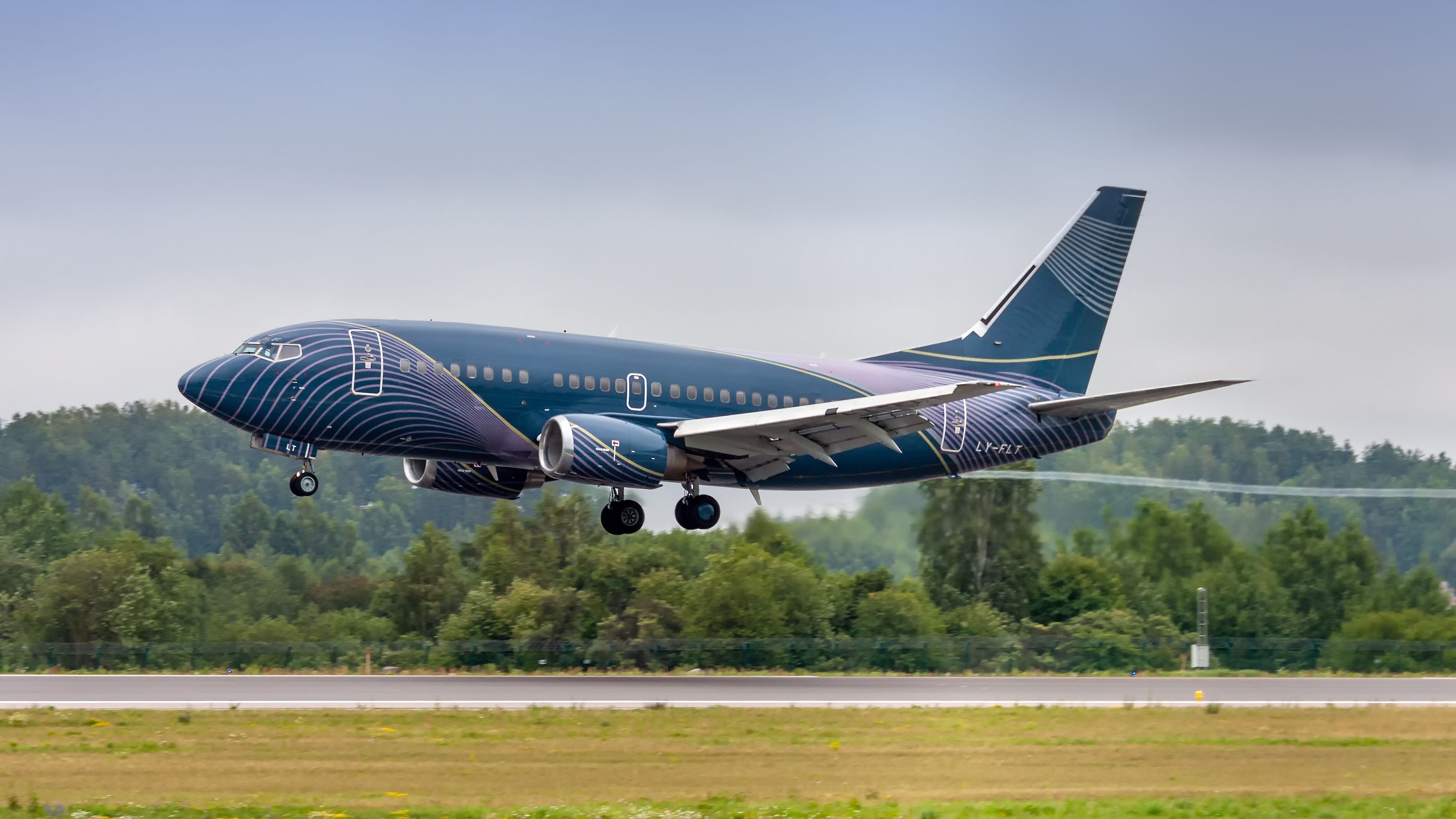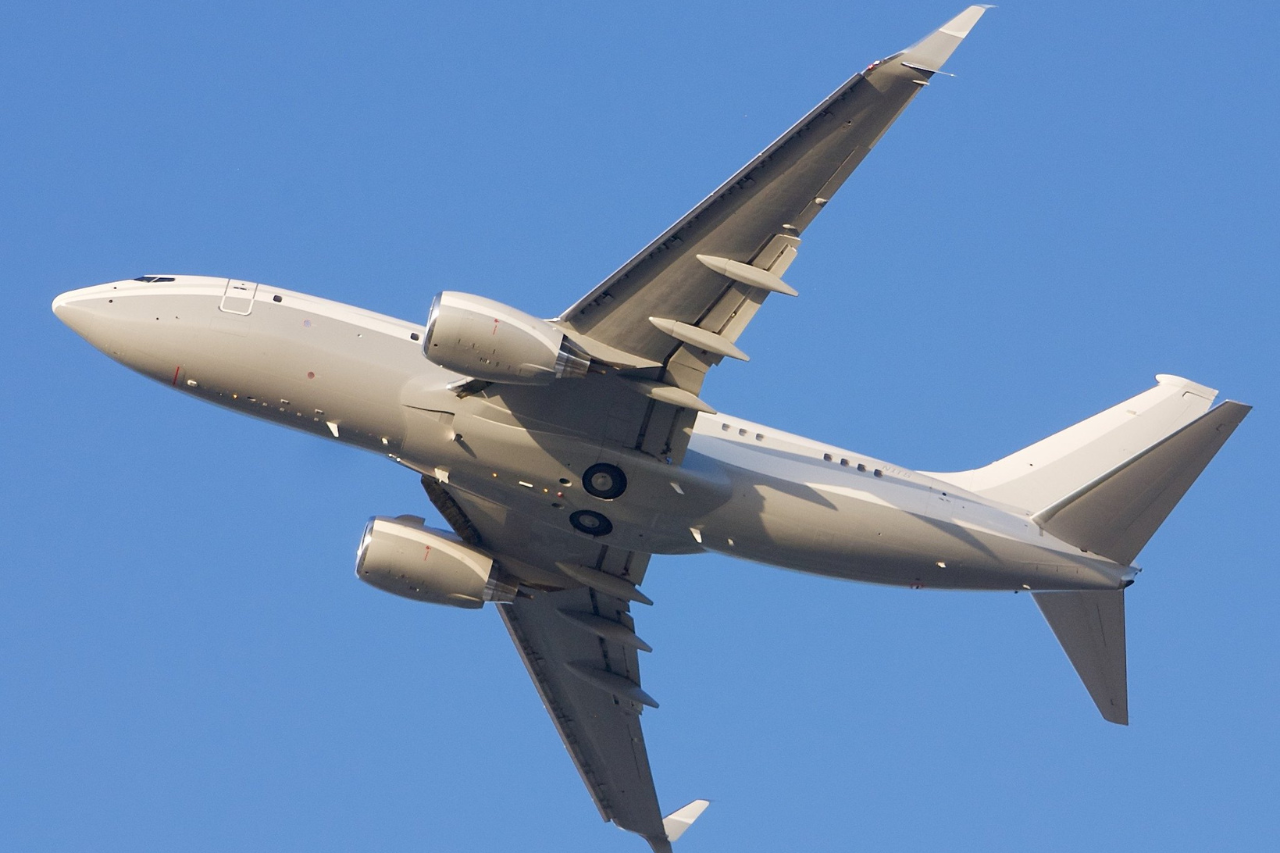Summary
- Private jets offer the ultimate flexibility and luxury, departing whenever and flying any route.
- Boeing entered the business jet industry in 1998 with the BBJ1; since then, it has produced various BBJ variants.
- BBJ1 was the most produced BBJ variant, but the company has offered many different options in the business jet industry.
Business jets have taken the world by storm since their introduction in the 1950s. Private jets give operators the ultimate flexibility when traveling, and private jets are looked at as an extreme luxury. These travelers can depart whenever they would like and are not confined to the specific schedule of commercial flights. Travelers can fly any route that they would like, as long as their aircraft can reach the destination. They can also fly to whichever airport they would like, as long as their aircraft can land on the designated runway.

Related
The Original Boeing Business Jet: A Look At The BBJ1
The original BBJ variant was rolled out in April 1998.
Some of the largest aircraft producers in the world have entered the business jet industry at some point. This includes Embraer, Airbus, and, of course, the world’s largest aerospace and aviation company, Boeing. The Renton, Washington-based company first entered this market after the creation of the first Boeing Business Jet in the late 1990s. The President of Boeing at the time, Phil Condit, introduced this series of aircraft in 1998. The first aircraft, which was designated as the BBJ1, was designed as a high-performance private aircraft that was derived from the Boeing 737 Next Generation. Following the success of the BBJ1, Borge Boeskov and the rest of the business segment would go on to create several different variants from other Boeing commercial airliners. This includes the following:
- BBJ1, derived from the Boeing 737-700
- BBJ2, derived from the Boeing 737-800
- BBJ3, derived from the Boeing 737-900ER
- BBJ 747
- BBJ 777
- BBJ MAX 7
- BBJ MAX 8
- BBJ MAX 9
However, the most notable BBJ is considered by many to be the BBJ1. Let’s take a closer look at this aircraft, as well as the other BBJ variants of the famous Boeing 737 family of aircraft.
A closer look at BBJ1
Boeing Business Jets (BBJ) was developed after a request by Phil Condit, the President of Boeing at the time, and Jack Welch, the Chief Executive Officer of General Electric. The famous Boeing executive Borge Boeskov was named to lead this new segment. The new business segment began its step into the business jet industry by converting a Boeing 737 Next Generation aircraft into a private jet. This aircraft was eventually designated the BBJ1.
Photo: Rudzenka | Shutterstock
The BBJ1 was directly converted from the 737-700. However, BBJ1 introduced several upgrades. This includes upgraded landing gear, a stronger wing, and new winglets. The company also added several more fuel tanks in the belly of the BBJ1 to increase the aircraft’s range. The aircraft has the following performance specifications:
|
Length |
110 feet four inches |
|---|---|
|
Height |
41 feet three inches |
|
Wingspan |
112 feet seven inches |
|
Maximum takeoff weight (MTOW) |
174,200 pounds |
|
Maximum range |
6,000 nautical miles (6,900 miles) |
|
Maximum speed |
473 knots (544 miles per hour) |
|
Cruise speed |
454 knots (523 miles per hour) |
|
Flight ceiling |
41,000 feet |
The BBJ1 was first introduced in 1999 and was produced for several years. It is the most-produced Boeing Business Jet, with over 113 being produced.
Out-of-production BBJ 737 aircraft
Beyond the BBJ1, Boeing also produced several other BBJ variants of the 737 series of aircraft. The second variant, the BBJ2, was based on the 737-800, and it was introduced in October 1999. Since it is based on the 737-800, which is larger than the 737-700, the BBJ2 was about 19 feet longer than the BBJ1. The company began delivering these in February 2001, with over 23 being delivered in its lifetime.
The final narrowbody aircraft based on the 737 Next Generation family was the BBJ3. This was based on the 737-900ER aircraft. This was even bigger than the BBJ2, with the fuselage about 16 feet longer than the BBJ2. However, it also has a shorter range. It can reach about 5,435 nautical miles (6,255 miles) compared to the 5,500 nautical miles (6,330 miles) that the BBJ2 can reach. Both the BBJ2 and the BBJ3 are powered by two CFM International CFM56 turbofan engines, and they have similar maximum takeoff weights (MTOW) and other specifications.
Throughout the production of the BBJ1, BBJ2, and BBJ3, about 150 total aircraft were produced. The original forecast for these models was predicted to sell about 50 total aircraft. Boeing Business Jets ceased production of these three aircraft by 2021.
Currently produced BBJ 737 variants
Prior to Boeing ceasing production of the BBJ1, the BBJ2, and the BBJ3, the company introduced a new family of BBJ narrowbody aircraft which were based on the Boeing 737 MAX family. The introduction of these first occurred in October 2018. Some general improvements for these aircraft include a lower cabin altitude when flying at a typical cruise altitude, a fuel burn reduction, and an increase in range due to additional fuel tanks in the belly.
These aircraft have a maximum takeoff weight (MTOW) ranging from 177,000 to 194,700 pounds. They can reach between 6,355 nautical miles (7,313 miles) and 6,600 nautical miles (7,600 miles). The BBJ MAX 7 is comparable to the BBJ1, although it has improved performance specifications and a cabin that is six feet four inches longer than the BBJ1. Its range is almost 450 nautical miles (515 miles), further than the BBJ1.



